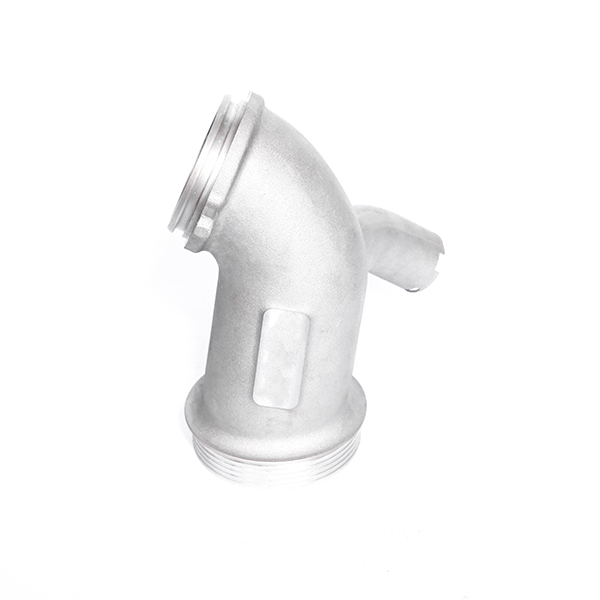Mobile:+86-311-808-126-83
Email:info@ydcastings.com
Spanish
Effective Techniques for MIG Welding Cast Iron and Ensuring Strong Joints
Welding Cast Iron with MIG A Comprehensive Overview
Welding cast iron can be a challenging task due to its unique properties and characteristics. Cast iron is known for its brittleness, relatively low melting point, and high carbon content, which can complicate the welding process. Microscopic structures such as graphite flakes and a dense matrix of iron contribute to this material's distinctive behavior, making it essential to select the right welding technique for successful results. Among various welding methods, Metal Inert Gas (MIG) welding has gained popularity for various applications, including cast iron welding. This article explores the intricacies of welding cast iron using MIG and the considerations that welders should take into account.
Understanding MIG Welding
MIG welding, also known as Gas Metal Arc Welding (GMAW), involves the continuous feeding of a filler wire through a welding gun while shielding the weld pool from atmospheric contamination with an inert gas, typically argon or a mix of argon and carbon dioxide. This method is favored for its versatility, ease of use, and ability to produce clean, high-quality welds quickly.
Challenges of Welding Cast Iron
Welding cast iron with MIG presents specific challenges. The high carbon content in cast iron can lead to issues like cracking if not addressed properly. The material's brittleness can exacerbate these problems, making it crucial for welders to adopt techniques that minimize stress in the weld area. Temperature management is also critical, as excessive heat can warp the cast iron or alter its properties.
Pre-Welding Preparation
Before beginning the welding process, proper preparation is necessary. This includes cleaning the weld area to remove any contaminants—such as oil, dirt, or rust—that could compromise the integrity of the weld. Use a wire brush or grinder to create a clean surface, allowing for better penetration and bonding.
Additionally, consider preheating the cast iron to reduce thermal shock and minimize cracking risks. A temperature of around 400°F (200°C) is often recommended. Preheating the base material also helps in achieving a more uniform temperature during the welding process, ultimately leading to better results.
welding cast iron with mig

Selecting Filler Material
When using MIG welding for cast iron, choosing the appropriate filler material is essential. Specialized filler wires formulated for cast iron, such as ER70S-6, can help achieve a more robust and ductile weld joint. Alternatively, some may opt for nickel-based alloys, which can enhance the weld's durability and resistance to cracking. It is vital to match the filler material to the specific type of cast iron to ensure compatibility.
Welding Technique
The welding technique is crucial in obtaining a successful weld. Use a short-circuit transfer method, which is ideal for thin materials and reduces heat input, thereby mitigating the risk of warping. Maintain a moderate travel speed and utilize a weaving pattern for larger repairs to help distribute the heat more evenly. It is essential to ensure proper penetration to bond both the base material and the filler adequately.
Post-Welding Considerations
After welding, allow the joint to cool gradually to reduce the risk of cracking. Cooling too quickly can lead to stress and fractures in the weld. In some cases, heat treatment may be necessary to relieve residual stresses before the final finishing process.
Conclusion
Welding cast iron with MIG can be successfully accomplished with proper preparation, technique, and equipment selection. Understanding the inherent challenges of cast iron, such as brittleness and thermal sensitivity, will aid welders in achieving strong and durable joints. With careful attention to detail and the right approach, MIG welding can serve as an effective method for working with cast iron, opening up possibilities for repairs and fabrication in various industries.











